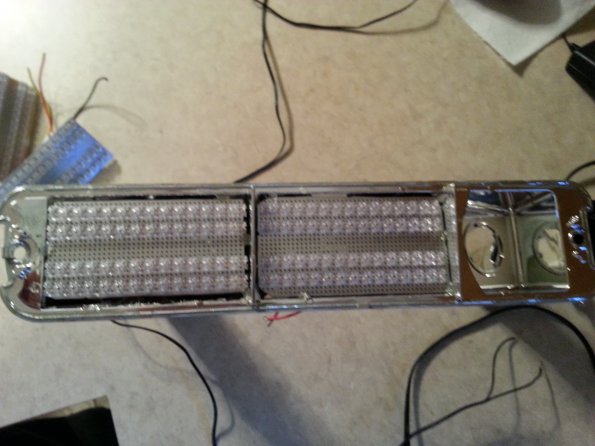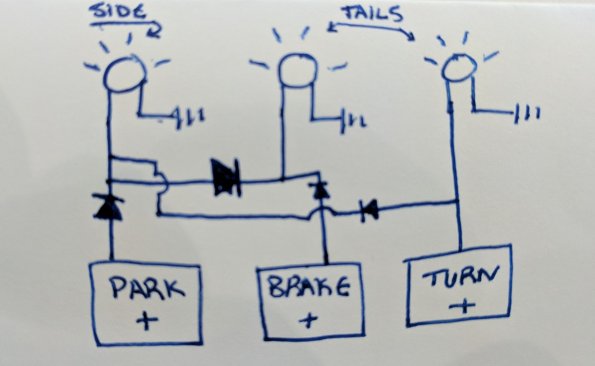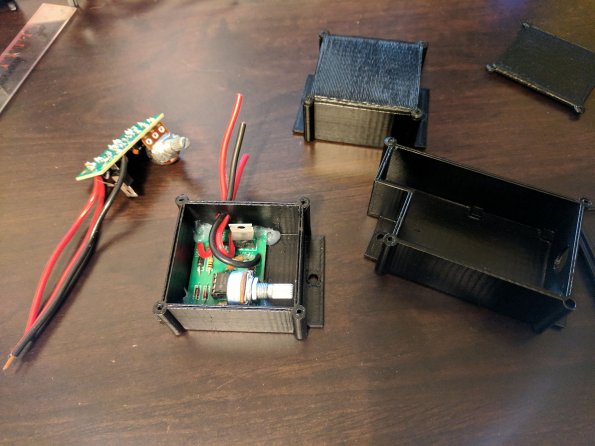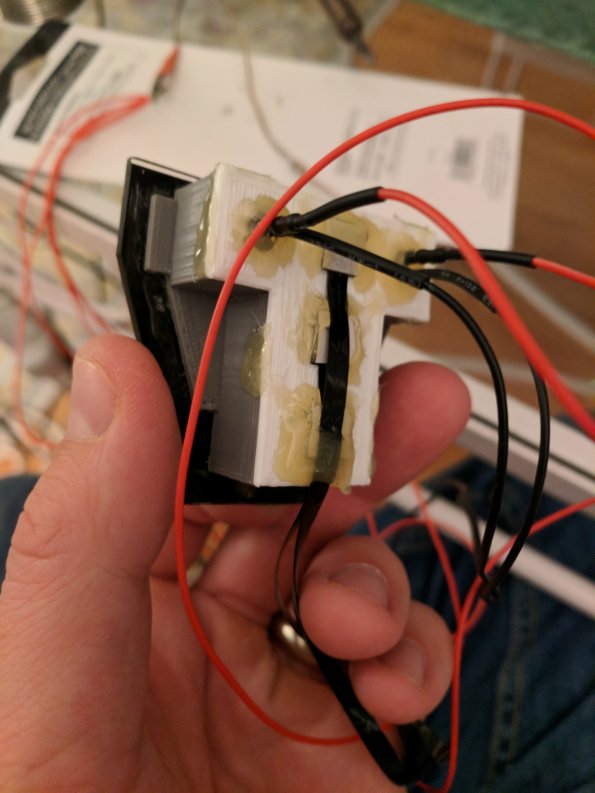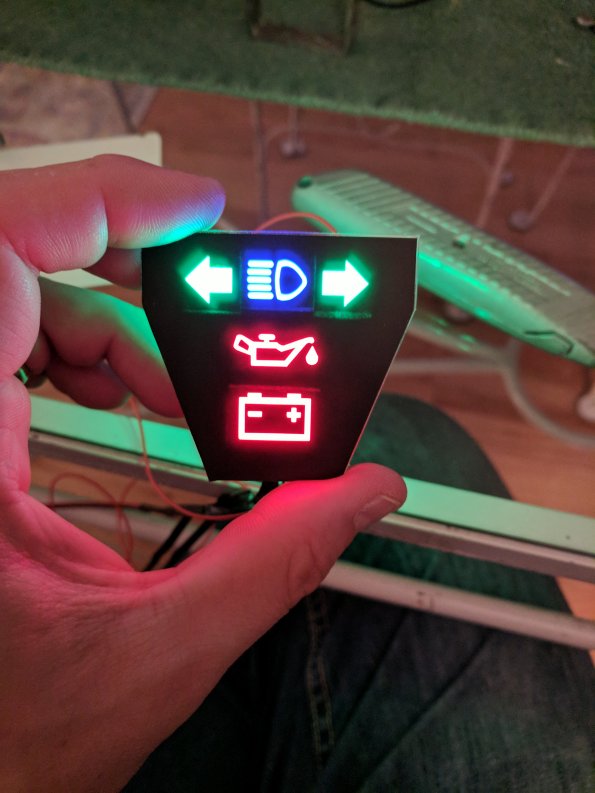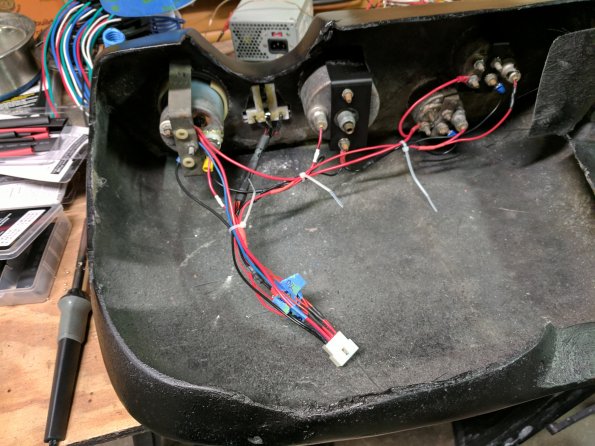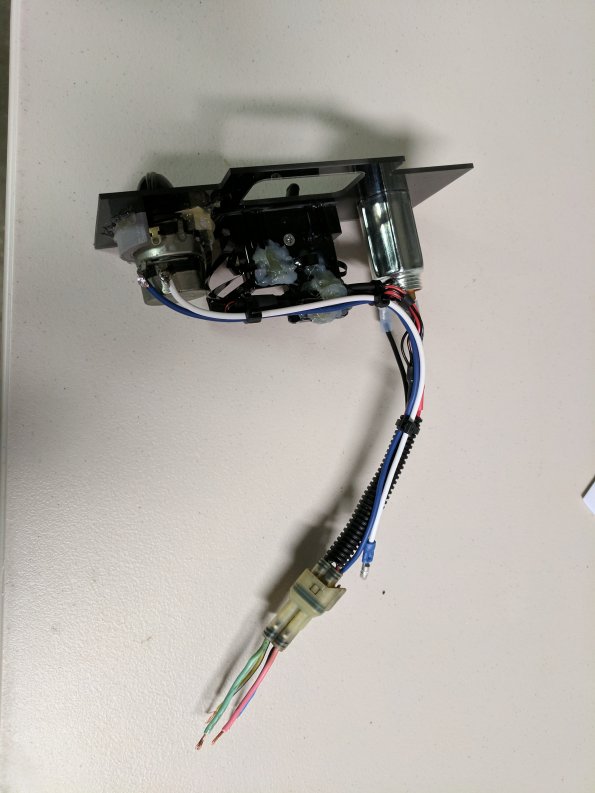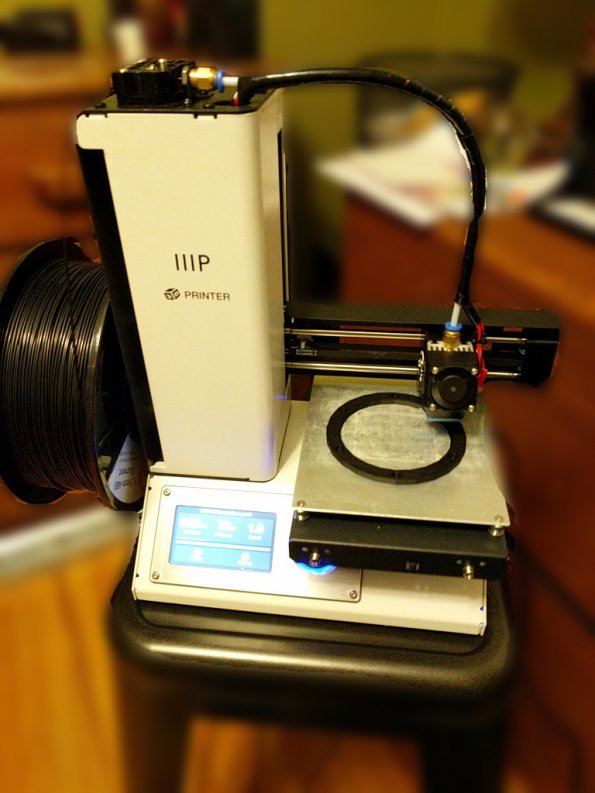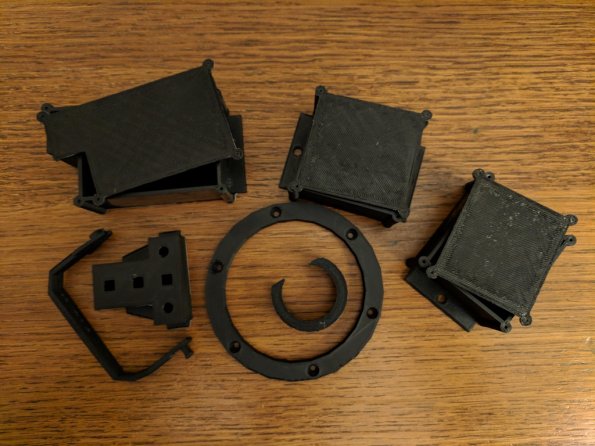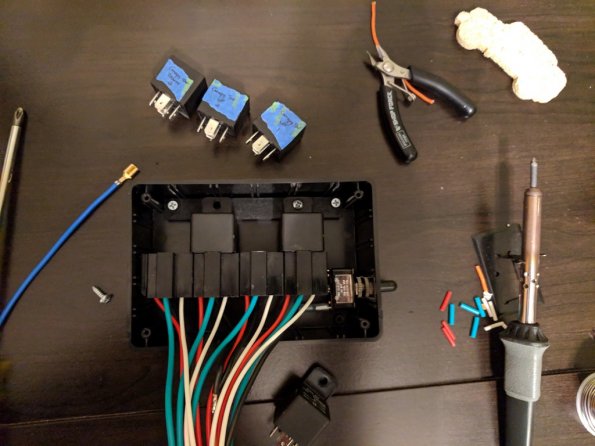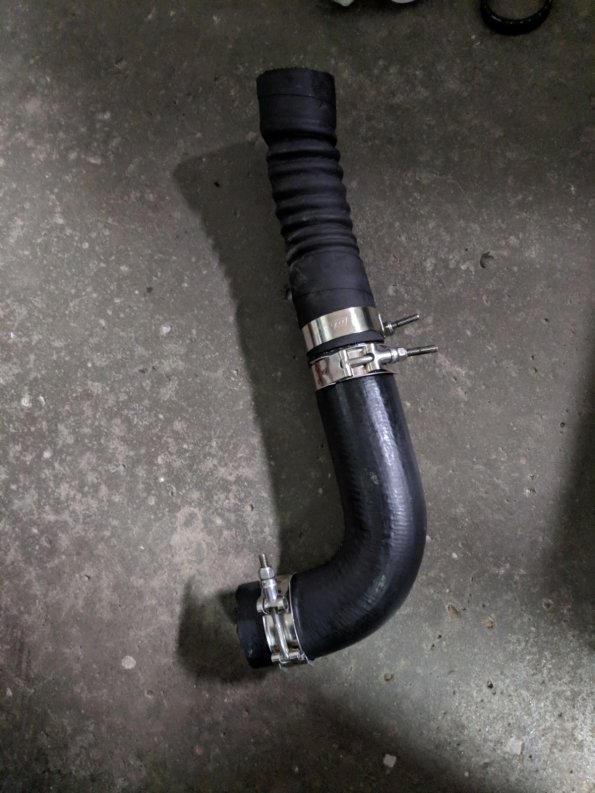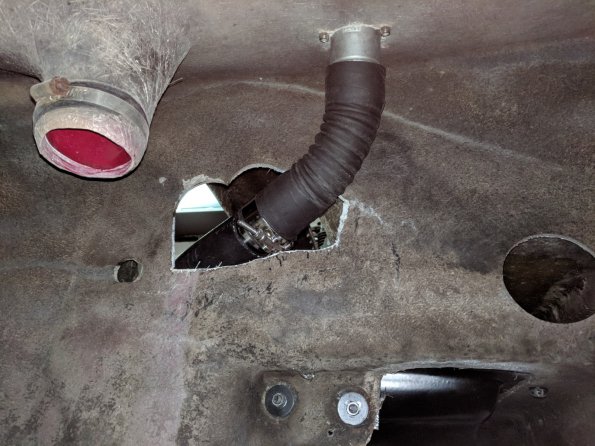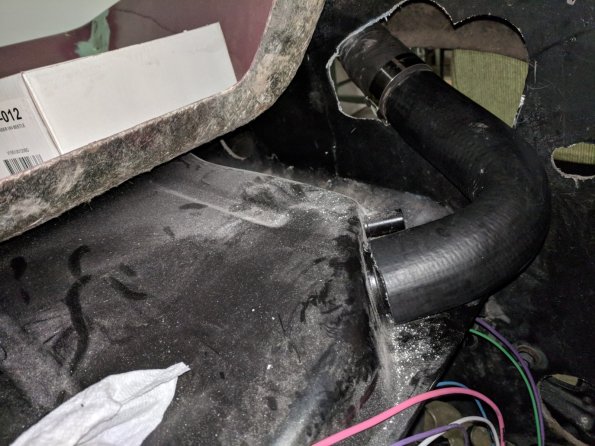AFAIK, since LEDs are digital, they have only two states: On or Off. There is no true analog dimming that can be made with a resistor or by fluctuating current or voltage. "Dimming" on LEDs is done thru Pulse Width Modulation (PWM), which is basically turning the LED on/off REALLY fast. Since LEDs are solid state and don't rely on incandescence to produce light, they can turn on/off thousands of times a second - much faster than the human eye/brain can distinguish. Therefore, if an LED is ON for 100% of a second, it will appear twice as bright to the human eye as an LED that is turned On/Off for 50% of that second.
EDIT: it's been at least 5 years though since I played with the LEDs on my car, so tech might have changed. There may now be "dimmable" LEDs which can go from Low to High brightness. LEDs typically have a minimum trigger current though, below which they won't produce light. Go too high with the current and they'll burn out. Standard LEDs would produce the same amount of light with any current between the Min and Max.
